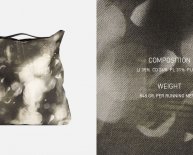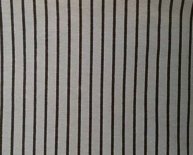
Nylon blend fabric
Both wool and nylon blends have advantages, depending on the type of clothing. Both materials maintain their shape without stretching or shrinking, and both are moisture-wicking and dry quickly, although nylon dries faster than wool.
Wool, a natural fiber from sheep, is an excellent moisture-wicking material — it absorbs moisture and then slowly evaporates it. Wool blends are used for winter coats, sweaters and scarves, but also for warm-weather wear; because wool can adapt to fluctuations in body temperature, it is a natural insulator in both cool and warm environments. Wool is scratchy and coarse, so it’s often blended with silk to give it a smoother, silkier feel on the skin. It’s often blended with synthetics, too, such as nylon and polyester, to enhance its durability and water-wicking characteristics. Wool is also naturally anti-microbial, so it staves off odors, unlike synthetics, which harbor bacteria that create odor. Because wool naturally fights off bacteria, it can be worn several days without being washed.
Nylon is a lightweight, moisture-wicking, breathable synthetic material known for its durability, its stretch, wrinkle and shrink-resistance, and its quick drying time. Nylon is a soft and supple fabric that’s often blended with other materials such as polyester to enhance the fabric’s durability, and spandex to enhance its comfort and elasticity. It’s commonly used in active wear because of its water-wicking, quick-drying characteristics. This advantage extends to both winter wear — such as undergarments worn as a base layer for cold weather and winter sports — and summer wear for heat and high humidity. Synthetic blends containing nylon are also desirable because they resist pilling and abrasion.

















